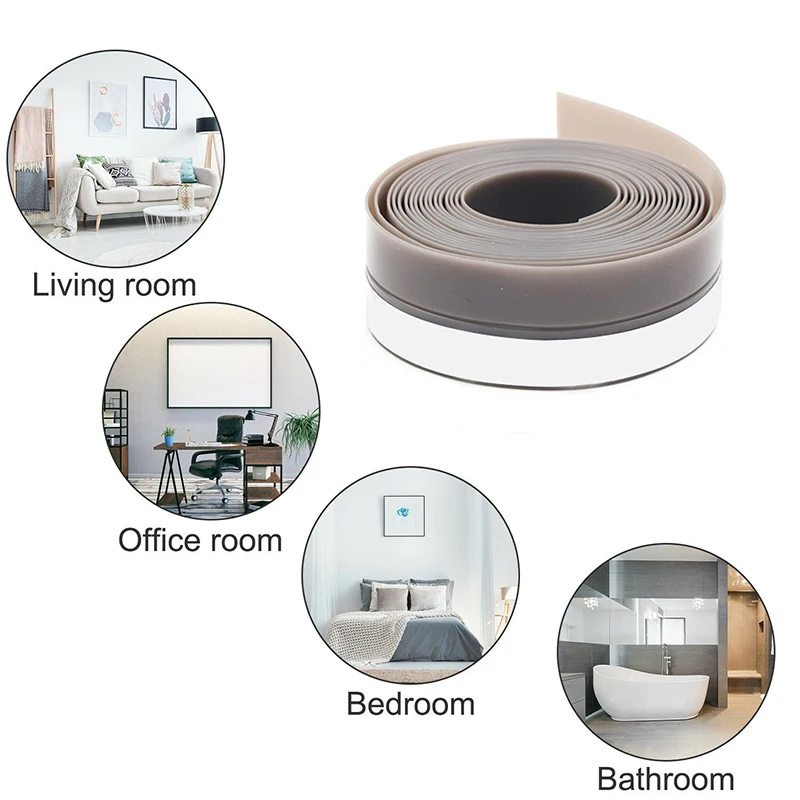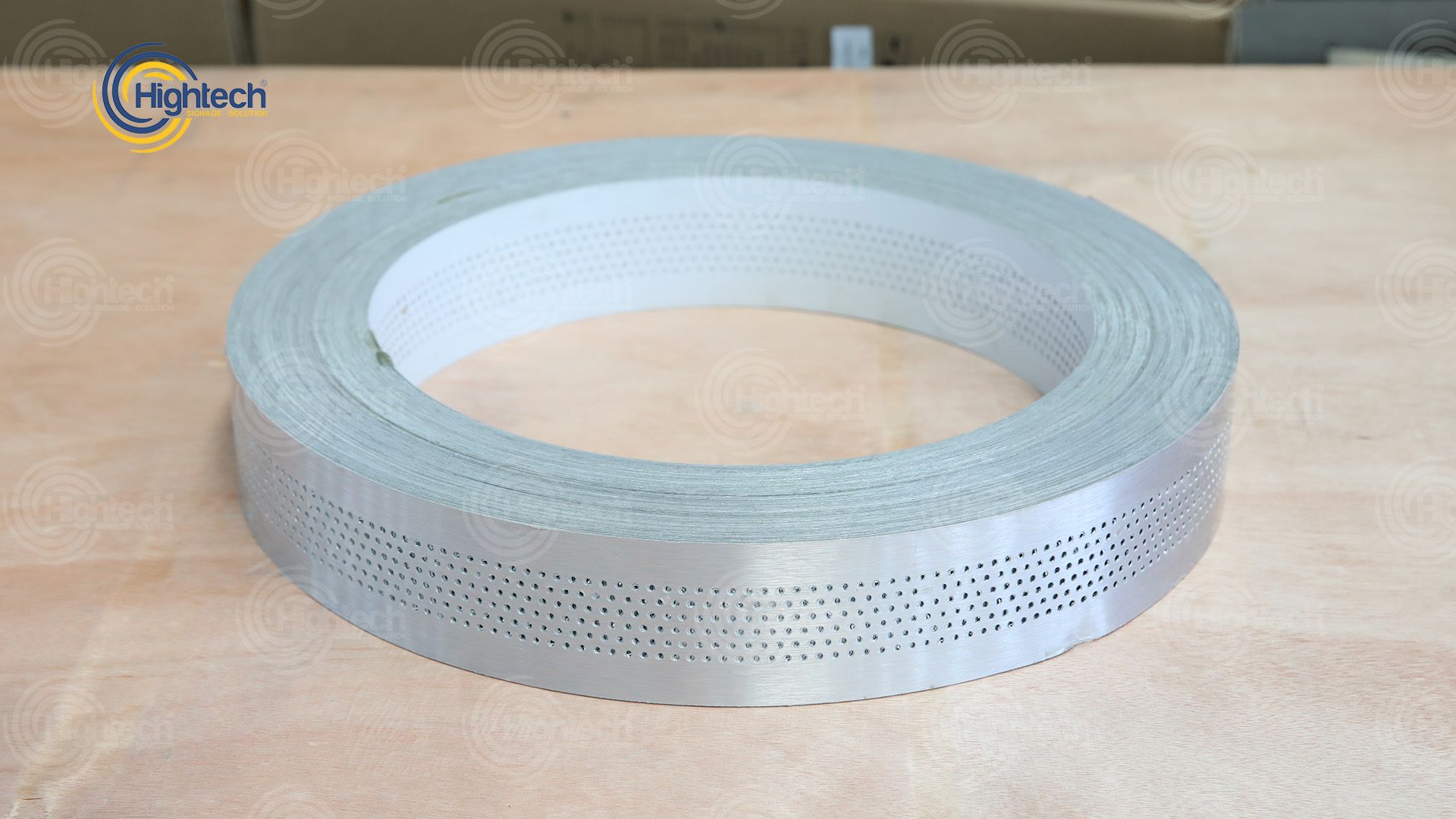As of 2023, the price of a 500 watt solar panel typically ranges from $150 to $300 per panel, depending on the factors mentioned above. When calculating the cost for a complete installation, potential buyers should also consider additional expenses such as inverters, mounting systems, labor for installation, and permits. It is important to bear in mind that the total cost can easily soar to several thousand dollars for a full system, especially if multiple panels are needed to meet a household’s energy demands.
 Home
Home

















